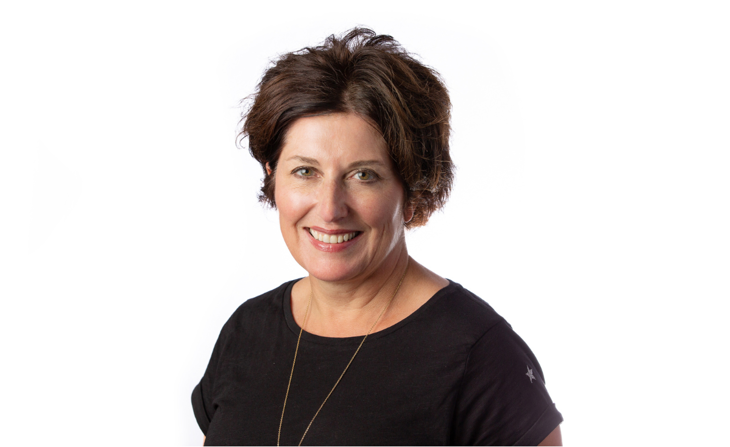 @Howden.
@Howden.
Mary O’Connor: I am a lawyer, an economist, and a former regulator. I began working in insurance in 2012, as the Chief Risk Officer (CRO) at Willis, which is the best job to learn about an organisation inside and out.
Then, I went to KPMG as their inaugural CRO – and, for a brief period, when the firm was in transition, I ran the whole of KPMG UK.
Ultimately, I came to Howden because I wanted to work in financial services – specifically at a company that was growing and innovating.
Mary: Interest rates have increased as has general volatility. We’ve also seen liquidity issues with Silicon Valley Bank (SVB) and capital issues with Credit Suisse.
This has given us the perfect opportunity to launch something like our company. The idea behind it is to use capital – insurance capital, in particular – in different ways to make to make our clients’ capital more efficient, especially when combined with pension fund capital, or other types of capital. This can help the financial system operate more smoothly whilst allowing companies to optimise their positions – especially asset managers and financial service companies, which are driven by specific regulations.
Mary: The world of capital since the global financial crisis had pushed banks, asset managers, financial institutions, and private equity (PE) into different appetite buckets.
Banks are short term in their capital needs, PE houses and a lot of the non-bank lenders are medium term, and then you have insurers and pension funds, which have long term needs – and there's not that much interoperability between these groups. Firms end up not being efficient or even getting into trouble because of liquidity issues, such as the recent example of SVB.
So, clients come to us with these issues – which are only increasing. Banks are constantly managing assets and risks that are in line with their capital rules, and there are expectations that we will see further tightening around liquidity and asset allocation after SVB. We have products and can use insurance capital more efficiently.
"Asset managers are concerned that as they move into illiquids or
longer-dated funds they might have to bail in capital."
A recent example was an African bank that wanted to make a $1 billion loan in Nigeria for a green energy project. It wasn't able to do so using its own balance sheet because it was too restrictive from a risk-weighted assets perspective. So, to get around this restriction, they wanted to syndicate the loan. We were able to provide support, which reduced the risk weighting and enabled them to make the loan.
Asset managers are concerned that as they move into illiquids or longer-dated funds they might have to bail in capital. When used creatively, bank deposits and insurance – particularly when combined with alternative capital – can provide solutions.
Insurers have the opposite problem; they are hoping for changes in the regulations around Solvency II that will enable them to use their capital more efficiently. Insurance can provide a hedge for them whilst they're moving in to do that.
From a societal perspective, we're moving into a decumulation of assets phase for the Baby Boomer Generation. Then younger people need to be able to accumulate in a different way because it will be done privately. Insurance can provide solutions to this issue.
"ESG is one of the biggest opportunities now because banks simply can't provide
sufficient capital to invest over the long term at the moment."
Mary: Sustainable and ESG is a huge opportunity and a win/win, so we do like those projects. From the portfolio risks – or a large single risk – standpoint, we’ll take a look and support banks in these deals, but there needs to be a risk. We’re looking for good risks that are maybe in the wrong places. Then, we can provide the necessary support.
ESG is one of the biggest opportunities now because banks simply can't provide sufficient capital to invest over the long term at the moment.
Mary: Banks and asset managers are asking how the capital models work. There are a lot of questions due to the interest rate changes and where we are in the investment lending cycle. This means that many banks are hitting their capital buffers – and therefore looking for sustainable ways to support them.
There are four main areas where we are seeing questions:
Mary: Insurance has an enormous opportunity to become the most exciting area of financial services because of the economic challenges we're facing, such as increasing interest rates. We also have generational change to consider, so we need to invest for the long term.
"The industry needs to step up because the
opportunities are enormous."
Investment is one of the few places in insurance investing where you can do well by doing good. Investing in sustainable projects that support the development of society and support green investments is going to pay back – which means we need to better use the tools at our disposal to bridge gaps and silos. The industry needs to step up because the opportunities are enormous.